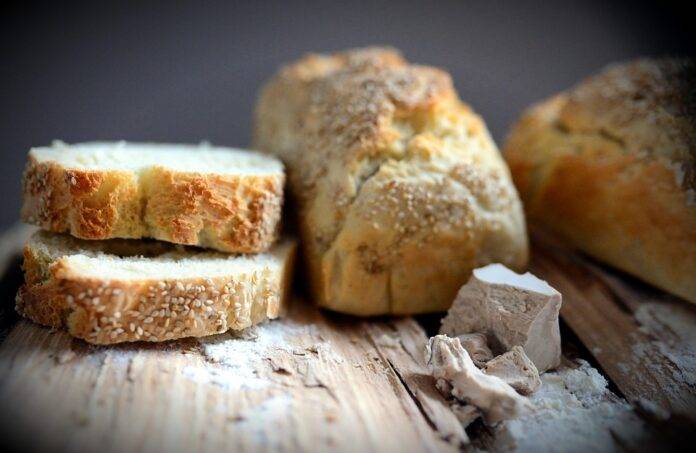Introduction
Sour and farmhouse beers have gained popularity in recent years, with their unique flavors and characteristics attracting a growing number of craft beer enthusiasts. One of the defining features of these beers is the use of wild and spontaneous yeasts during the fermentation process. In this report, we will explore why wild and spontaneous yeasts play a crucial role in defining sour and farmhouse beers.
Wild and Spontaneous Yeasts in Beer Brewing
What are Wild and Spontaneous Yeasts?
Wild and spontaneous yeasts are naturally occurring microorganisms that can be found in the environment, such as in the air, on fruits, and in wooden barrels. Unlike the cultivated yeast strains commonly used in commercial beer production, wild and spontaneous yeasts are not specifically added to the beer during the brewing process. Instead, they enter the beer through exposure to the environment during fermentation.
Role of Wild and Spontaneous Yeasts in Beer Fermentation
When wild and spontaneous yeasts are introduced into the beer during fermentation, they interact with the sugars in the wort to produce a wide range of flavors and aromas. These yeasts can create complex and funky flavors that are characteristic of sour and farmhouse beers, such as tartness, earthiness, and fruity notes. The unpredictable nature of wild and spontaneous yeasts adds an element of variability and uniqueness to each batch of beer.
Why Wild and Spontaneous Yeasts Define Sour and Farmhouse Beers
Distinctive Flavor Profiles
One of the main reasons why wild and spontaneous yeasts define sour and farmhouse beers is their ability to create distinctive flavor profiles that are not easily replicated with cultivated yeast strains. The fermentation by wild yeasts produces a complex mix of flavors that can range from sour and tart to funky and fruity, giving these beers a unique and unconventional taste that sets them apart from traditional beer styles.
Traditional Brewing Methods
Sour and farmhouse beers have a long history of being brewed using traditional methods that rely on the natural fermentation of wild yeasts. Farmhouse ales, for example, were traditionally brewed on farms in Belgium and France using locally harvested yeast strains. These traditional brewing methods have been preserved and passed down through generations, contributing to the authenticity and character of sour and farmhouse beers.
Craft Beer Movement
The craft beer movement has played a significant role in popularizing sour and farmhouse beers and promoting the use of wild and spontaneous yeasts in beer brewing. Craft brewers are known for their creativity and innovation in experimenting with different ingredients and techniques, including the use of wild yeasts to create unique and flavorful beers. As a result, sour and farmhouse beers have become sought-after by beer enthusiasts looking for new and exciting taste experiences.
Industry Insights
Market Trends
The market for sour and farmhouse beers has been growing steadily in recent years, driven by increasing consumer interest in craft and artisanal beers. According to industry data, sales of sour beers have seen double-digit growth rates, outpacing the overall beer market. This trend is expected to continue as more breweries embrace the use of wild and spontaneous yeasts in their beer production.
Key Players
Several breweries have gained recognition for their sour and farmhouse beers made with wild and spontaneous yeasts. Companies such as Jester King Brewery, The Rare Barrel, and Cantillon Brewery are known for their high-quality sour ales that showcase the unique flavors and characteristics of wild yeast fermentation. These breweries have built a loyal following among beer enthusiasts who appreciate their commitment to traditional brewing methods and innovative approach to beer making.
Conclusion
In conclusion, wild and spontaneous yeasts play a crucial role in defining sour and farmhouse beers by creating distinctive flavor profiles, preserving traditional brewing methods, and driving innovation in the craft beer industry. As consumer demand for unique and flavorful beers continues to grow, sour and farmhouse beers made with wild yeasts are likely to remain a popular choice among beer enthusiasts. By embracing the use of wild yeasts, breweries can differentiate themselves in a competitive market and offer consumers a taste of the unexpected in every sip.




